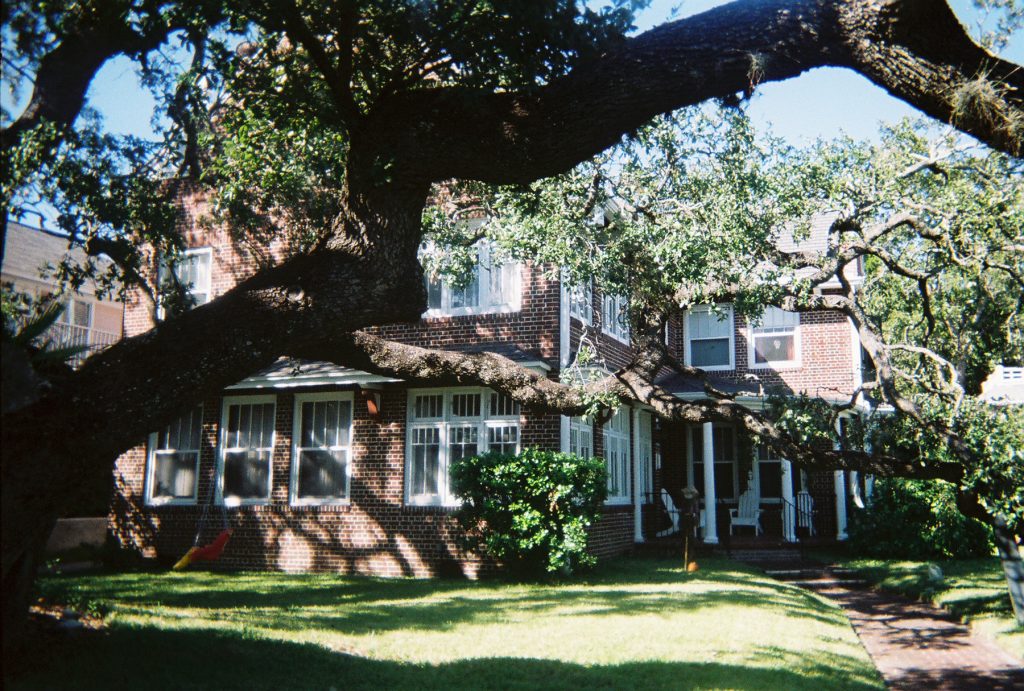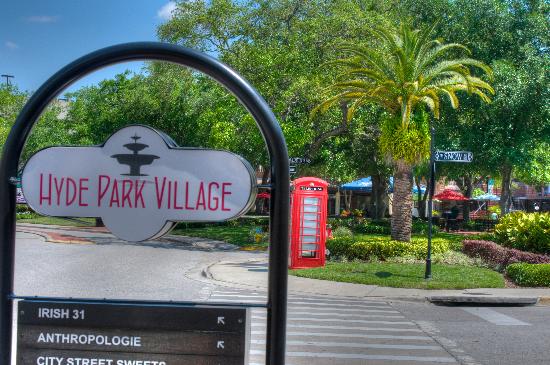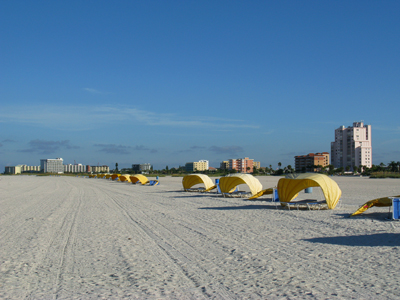Hyde Park is renown as Tampa’s sophisticated, upscale historic neighborhood that refuses to remain quietly in the past.
Hyde Park’s Beginning
In the midst of Tampa’s harrowing 1886 yellow fever epidemic, which put a strangle hold on every facet of the city’s economy, railroad tycoon Henry B. Plant announced his vision for the development of farmland and citrus groves on the west side of the Hillsborough River adjacent to what is now the city’s center. At the time, the only access to the area destined to become Tampa’s Hyde Park was by ferry.
Plant possessed a strong reputation for results and the City of Tampa recognized an opportunity that might not knock twice. Very quickly, the city approved the construction of a bridge across the river at Lafayette Street (now Kennedy Boulevard), which is where Plant proposed to build a grand resort, the Tampa Bay Hotel. Suddenly, the land west of the river was accessible, and development, including the construction of a streetcar line, quickly followed.
By 1910, the groves had all been subdivided. During the 15-year period between 1913 and 1928, the area bustled with development. Simple two-story, wood frame homes soon gave way to

photo courtesy of Wikipedia Commons
impressive revival-style (Queen Anne, Colonial, Tudor, Classical and even French and Mediterranean) residences that began to set the architectural styles of what would become today’s Hyde Park.
Home building began to slow when Florida’s real estate boom hit the skids in 1924. By the time the stock market crashed in 1929, building in Hyde Park was at a standstill.
Expanding Hyde Park
After the Depression, construction picked up again and followed the trend for smaller homes. However, World War II, and building that shifted toward the north and west created a stop-start construction environment in Hyde Park that lasted into the 1970s and 1980s when historic preservation gained popularity, which helped restart development again.
It is this stop-start development history, during which architectural styles came in and out of favor, that gives Hyde Park the diversity we see today, and what makes it one of the most desirable neighborhoods throughout the St. Petersburg – Tampa area.
Today, Hyde Park is bounded by Hillsborough Bay to the east, Kennedy Boulevard to the north, Bayshore Boulevard to the east and south, and Armenia Avenue to the west. Two of the neighborhood’s main thoroughfares, Swann and Rome Avenues, had streetcars operating on them, which is why they are extra wide still today. And Bayshore Boulevard, at 4.5 miles, is claimed to be the longest continuous sidewalk in the world.
Hyde Park Village – The Heart Of Tampa’s High End Shopping And Dining
On the edge of the Hyde Park neighborhood is Hyde Park Village, a seven-block collection of national, regional and local retailers, cinemas, bakeries and some of the finest restaurants in all of the Tampa Bay area. It’s one of the most popular entertainment destinations along the West Coast of Florida.
Near the end of October, Hyde Park Village stages their annual Art Fair, which attracts thousands of visitors during a two-day mainly outdoor extravaganza combining all that makes Hyde Park so special. And year-round on the first Sunday of each month, The Fresh Market at Hyde Park Village presents 50-70 vendors offering up the best in retail, food and entertainment.
Overseeing the continual development and redevelopment of Hyde Park is the all-volunteer Historic Hyde Park Neighborhood Association (HHPNA), a non-profit association charged with preserving the historical integrity and safety of the neighborhood.
If living in a highly diverse, historic neighborhood closely adjacent to downtown Tampa, and complete with one of the finest shopping and dining menus in all of Florida appeals to you, Hyde Park needs to be on the top of your list of communities to explore.
Editor’s note: This post was originally published in April 2014. It has since been edited to reflect updated information.

